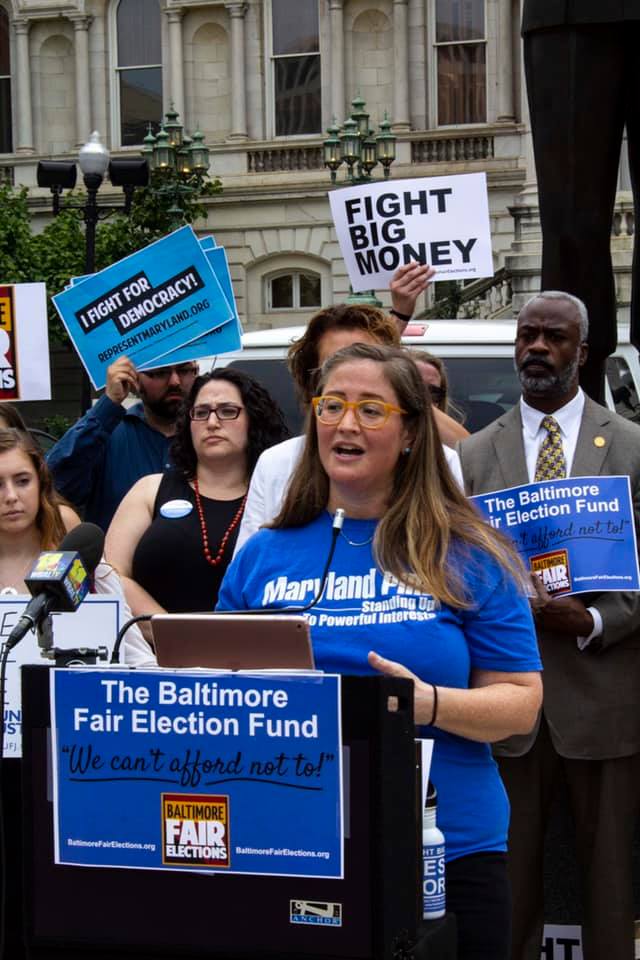
Part 1: BGE’s multi-year rate hike will increase pollution
This is part one in our series on the many problems with BGE's multi-year rate hike.
We’re calling on the Maryland Public Service Commission to reject BGE’s plan in a three part series which starts with this intro.
Out-of-control gas infrastructure spending is driving up gas bills.
Marylanders are fed up with escalating bills to fund failing fossil fuel infrastructure.
The People’s Counsel calculates that BGE’s proposed distribution rates would be more than three times what BGE charged in 2010. BGE’s proposed rate plan includes $1.8 billion in new gas infrastructure spending.
Maryland’s Climate Solutions Now Act of 2022 directs the state to reduce global-warming emissions by beginning to shift away from the use of fossil fuels to power our homes and towards cleaner, more efficient electric heating and appliances
While this shift won’t happen overnight, it calls into question massive investments in new gas infrastructure and equipment.
The wrong direction
The company has ramped-up spending on gas infrastructure in recent years. Such spending has doubled since 2010 and will continue to increase, BGE has told its investors. If spending continues as planned, customers may be saddled with costs that won’t be fully paid off until 2100, according to the People’s Counsel.
Infrastructure spending should be met with a critical eye and all utilities, including BGE, should engage in long term strategic planning for gas infrastructure spending.
The problem with gas
Methane and climate
The drilling and extraction of gas from wells and its transportation in pipelines results in the leakage of methane, the primary component of natural gas.
Methane is a potent greenhouse gas that contributes to planet warming. Burning gas emits carbon dioxide and pollutants that harm our health and planet.
Gas and indoor air pollution
Children living in homes where people cook meals with gas-powered appliances have a 42% greater chance of experiencing asthma symptoms.
Gas leaks and explosions
Methane gas infrastructure has been prone to leaks, endangering communities and the environment. A gas pipeline incident occurs somewhere in the U.S. approximately every 40 hours. In fact, we know that more than 2,500 gas pipeline incidents occurred from 2010 to 2021 – and those are just the leaks that were reported to the federal government. The total number is much higher.
Central Marylanders are all too familiar with the potential consequences of gas leaks and accidents, such as the 2019 explosion in Columbia destroyed a shopping center; the 2020 explosion on Labyrinth Road in northeast Baltimore City that leveled three rowhouses, killed two people and injured seven more; or the explosion in Baltimore City’s Pigtown neighborhood in 2022 that left three critically injured.
Stranded costs
The gas utilities have ramped up their infrastructure spending dramatically, and customers will be paying it off for decades to come. But, as customers begin to shift away from gas fewer and fewer will be left to foot the bill, stuck paying high rates for obsolete pipes and equipment. According to the People’s Counsel, without better planning and constrained spending, utilities and their customers could face billions in these stranded costs.
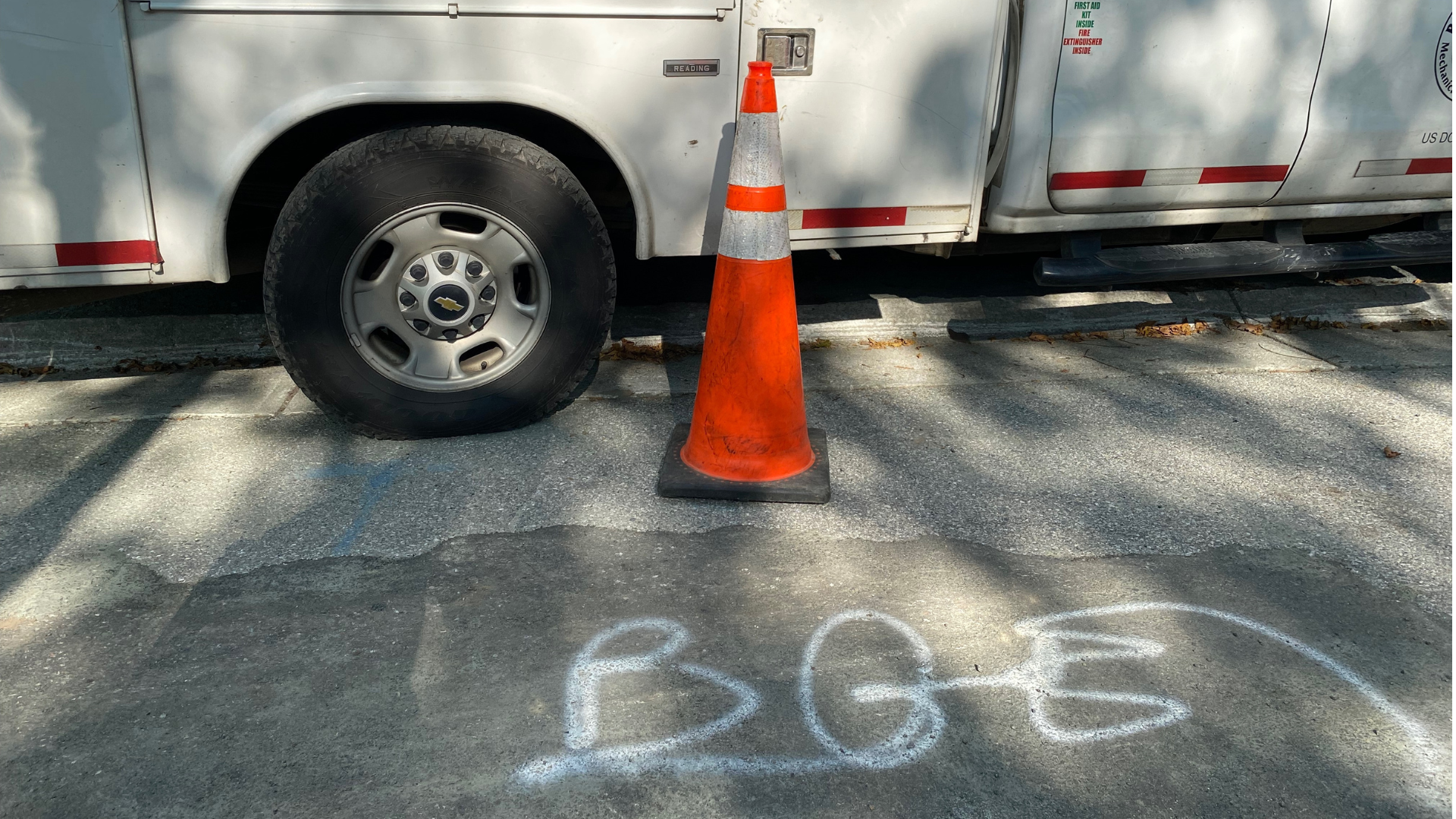
Part 2: BGE’s multi-year rate hike will make the transition to efficient electric homes slower and more expensive.
Topics
Authors
Emily Scarr
State Director, Maryland PIRG Foundation
Emily directs strategy, organizational development, research, communications and legislative advocacy for Maryland PIRG. Recently, Emily helped win small donor public financing in Montgomery and Howard counties, and the Maryland Keep Antibiotics Effective Act to protect public health by restricting the use of antibiotics on Maryland farms. Emily also serves on the Executive Committees of the Maryland Fair Elections Coalition and the Maryland Campaign to Keep Antibiotics Working, and the Steering Committees for the Maryland Pesticide Action Network and Marylanders for Open Government. Emily lives in Baltimore with her husband and dog.
Find Out More
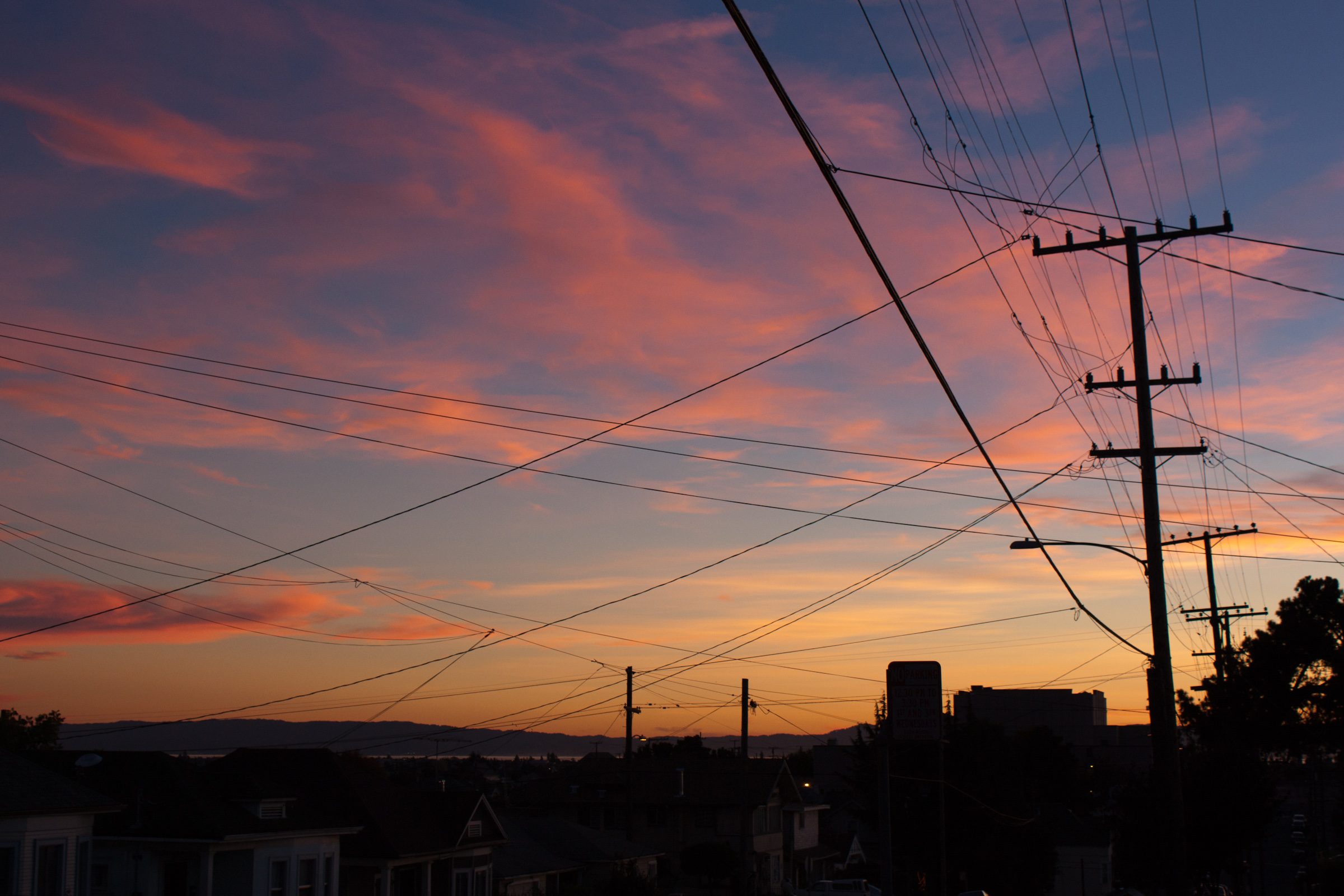
Electric and gas utilities spend millions on political influence in Maryland
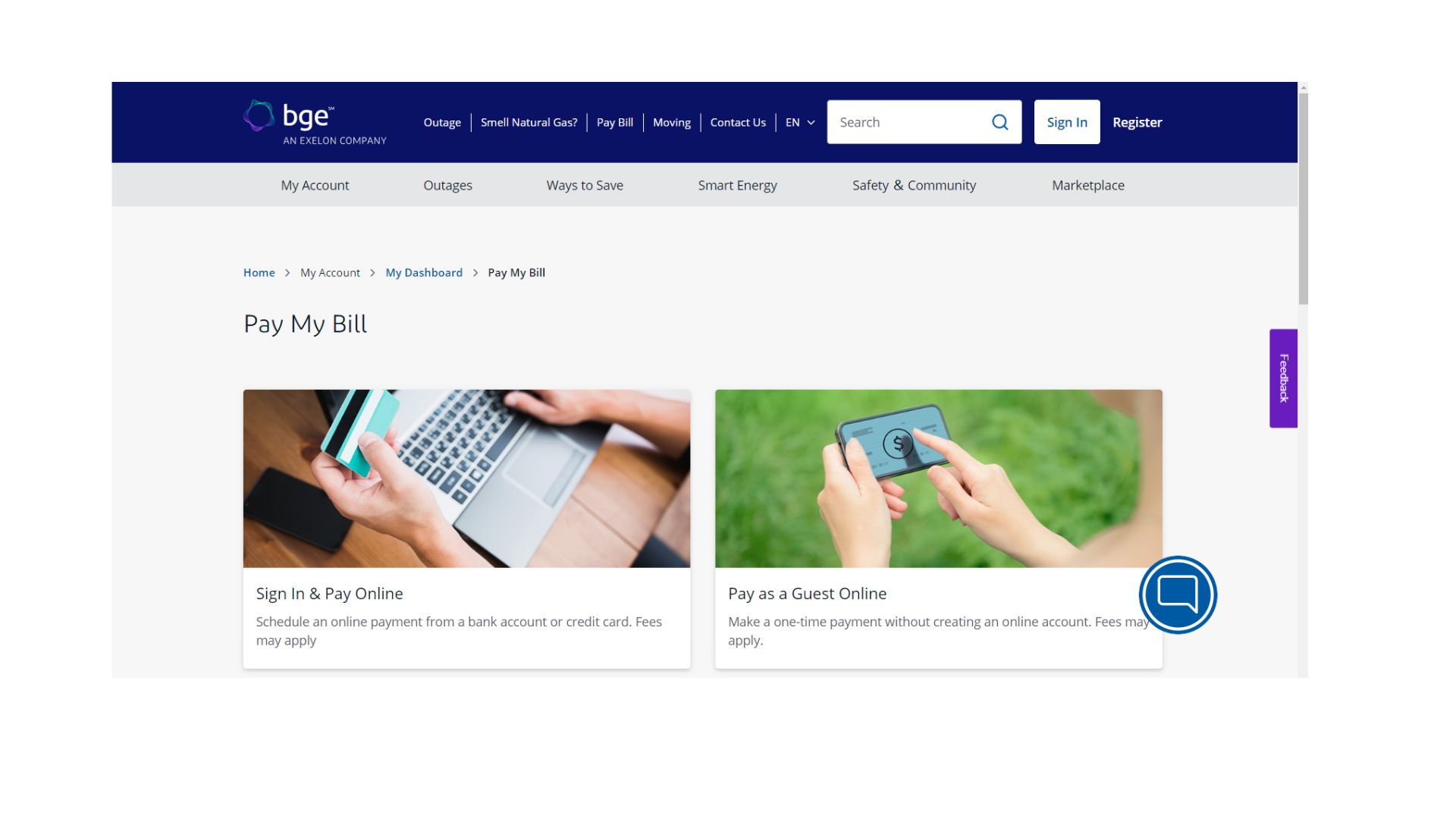
BGE’s Rate Hike – what does it mean?
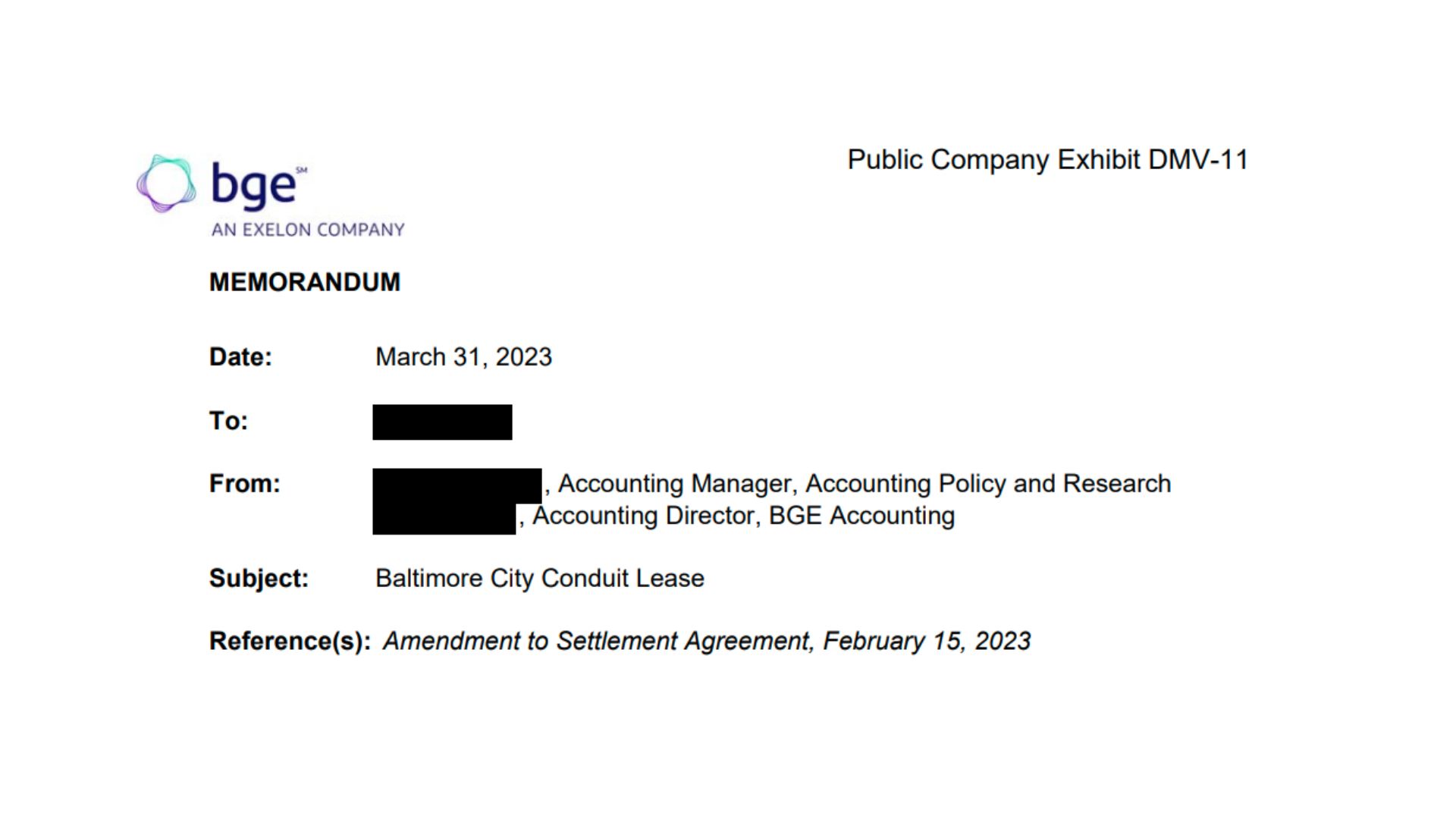
BGE’s Conduit Memo – what does it mean?
